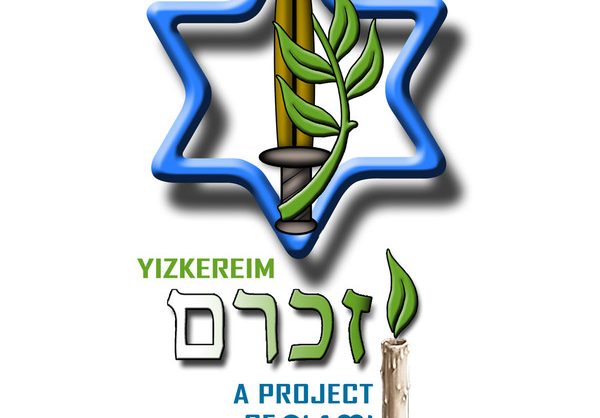Benny was born in Poland. He grew up in his hometown. On the eve of World War II, Poland was the focal point of world Jewry in the fields of religious, national, political, social and cultural activity. There were about three and a quarter million Jews living in the country, and with the worsening of the economic crisis of the end of the 1930s suffered an economic boycott of anti-Jewish and pogroms multiplied. On September 1, 1939, World War II broke out with the German invasion of Poland and its conquest in the lightning war (“Blitzkrieg”). Immediately thereafter, anti-Jewish decrees and regulations were issued that resulted in the social isolation of the Jews, their economic deprivation, and the undermining of all their systems of life. In the months after the occupation the Jews were concentrated in the ghettos, and the best among them was sent to labor camps. In the following years, Polish ghettos were liquidated by sending their inhabitants to death camps. By the end of the war about three million Polish Jews had been murdered. There is no information about the history of his family during the war, and even the names of his parents are unknown. It is known that there remains a single remnant of an entire family that perished in the Holocaust. After the liberation my son lived for a while in Poland, until he boarded an illegal immigrant ship en route to Palestine. The ship was caught by the British and its passengers were arrested in camps in Cyprus. Only in March 1948, during the War of Independence, my son was released from the camp and arrived in Israel. At the beginning of April, Benny and his fellow soldiers took part in a convoy to Jerusalem, and after a few days of training they took part in the “Yevusi” operation, whose objectives were the conquest of territories in and around the city and the creation of territorial contiguity Between the neighborhoods of San Simon in the Lev of the Arab neighborhood of Katamon in southwestern Jerusalem, the neighborhood was located on the front line from the beginning of the war, gang members were active in it and harassed the neighborhood of Makor Haim in the south and the Kiryat Shmuel neighborhood in the north. – means near the monastery, and indeed the monastery in the Lev of the neighborhood dominated all around it On April 27, the first attack was carried out on the neighborhood, but this failed due to a delay in the arrival and fierce resistance of the Arab fighters in the neighborhood, including Iraqi soldiers, and after a week of training the forces left for battle on the night of April 29. The unit was on its way to the monastery, Others went out to fight in the streets of the neighborhood and were marched to the Neve Sha’anan area, where they were marched on foot, and the force was discovered and fired at by a number of gunshots. To the western houses, two-story buildings, and began to purify them. At about 1:45 AM, troops managed to enter the monastery. When the light began to emerge, it became clear that the Israeli force was under siege, surrounded by Arabs and Iraqi soldiers who attacked continuously and from short ranges, fired at the passages between the houses and threw mortars on the roof of the monastery. The Israeli forces concentrated in the courtyard of the monastery, where they treated the victims, and so they lasted all day. The next night the attack intensified but was repulsed again. In light of the difficult situation, the large number of wounded and the condition of ammunition and supplies, the possibility of a withdrawal was considered on the morning of May 1, but after several hours an Israeli reinforcement force managed to reach the monastery and join the defenders. On the afternoon of May 1, 1948, the Arab force was informed of its distress and request to withdraw in light of the Jewish pressure and reinforcements that had flowed into the area, and indeed by the afternoon the Arabs had retreated – first the fighters and then many of the residents fled. Toward evening, the neighborhood and the monastery were under Jewish control. In the Battle of the San Simon Monastery on the 5th of Nissan 5708 (1.5.1948) my son fell. He was about twenty-five years old when he fell. My son was laid to rest in the Kiryat Ata cemeteryNeves. A monument was erected in the monastery garden to commemorate the fallen. The building of the monastery shows many injuries that have remained since then. Space is a “last scion”. The survivors of the Holocaust are survivors of the Holocaust who survived the last remnant of their nuclear family (parents, brothers, sisters, sons and daughters) who experienced the Holocaust in the ghettos and / or concentration and extermination camps and / or in hiding and hiding in territories occupied by the Nazis and / Or in combat alongside members of the underground movements or partisans in the Nazi-occupied territories who immigrated to Israel during or after World War II, wore uniforms and fell in the Israeli army.
